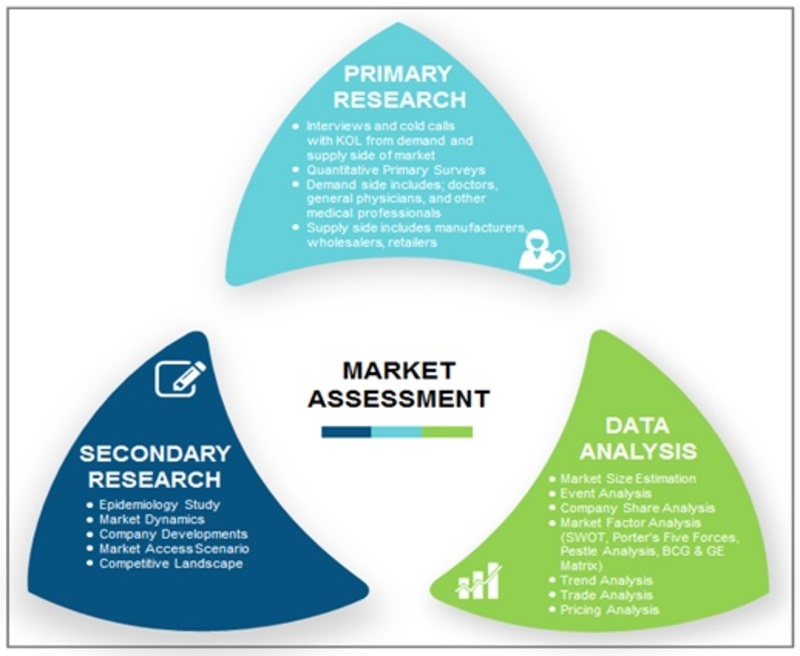What Are The Differences And Similarities In Between SMILE Eye Surgery, LASIK, And PRK?
What Are The Differences And Similarities In Between SMILE Eye Surgery, LASIK, And PRK?
Blog Article
Content Written By-McNamara Kerr
If you've been thinking about SMILE eye surgical procedure, you could ask yourself just how it compares to LASIK and PRK. Each procedure has its very own collection of benefits and considerations. From cataract surgery no insurance to possible risks, there are crucial distinctions you must understand prior to making a decision. Comprehending these differences will aid you make an educated selection that straightens with your particular needs and assumptions. Curious to recognize more about just how these procedures compare thoroughly? Keep on checking out to acquire a comprehensive understanding of SMILE, LASIK, and PRK.
SMILE Eye Surgical Procedure Summary
If you're considering SMILE eye surgery, you'll locate it to be a minimally invasive procedure with a quick recuperation time. Throughout SMILE (Little Cut Lenticule Removal), a laser is used to create a small, specific cut in the cornea to get rid of a small piece of cells, reshaping it to fix your vision. This varies from LASIK, where a flap is produced, and PRK, where the external layer of the cornea is entirely gotten rid of.
One of the crucial advantages of SMILE is its minimally intrusive nature, causing a faster recovery process and much less pain post-surgery. The recovery time for SMILE is fairly quick, with several patients experiencing improved vision within a day or 2. This makes it a preferred choice for those seeking a convenient and efficient vision correction treatment. Additionally, SMILE has actually been revealed to have a lower risk of completely dry eye disorder compared to LASIK, making it a favorable choice for people worried about this possible negative effects.
Differences In Between SMILE, LASIK, and PRK
When comparing SMILE, LASIK, and PRK eye surgeries, it's important to understand the distinct methods utilized in each procedure for vision adjustment.
SMILE (Little Cut Lenticule Removal) is a minimally intrusive procedure that involves developing a little laceration to draw out a lenticule from the cornea, improving it to remedy vision.
LASIK (Laser-Assisted In Situ Keratomileusis) entails developing a thin flap on the cornea, using a laser to reshape the underlying cells, and after that rearranging the flap.
PRK (Photorefractive Keratectomy) removes the outer layer of the cornea prior to reshaping the tissue with a laser.
The main difference depends on the method the cornea is accessed and treated. SMILE is flapless, making it an excellent option for individuals with thin corneas or those involved in get in touch with sporting activities. LASIK uses quick visual recovery due to the flap production, yet it might posture a higher threat of flap-related problems. PRK, although having a longer recuperation period, prevents flap-related problems altogether.
Comprehending these differences is critical in selecting the most appropriate procedure for your vision correction needs.
Advantages And Disadvantages Comparison
To evaluate the benefits and disadvantages of SMILE, LASIK, and PRK eye surgeries, it's essential to take into consideration the certain advantages and prospective limitations of each treatment. SMILE surgical procedure offers the advantage of a minimally intrusive procedure, with a smaller cut and potentially quicker recuperation time compared to LASIK and PRK. It also lowers the danger of dry eye post-surgery, an usual negative effects of LASIK. However, SMILE may have constraints in treating higher levels of nearsightedness or astigmatism contrasted to LASIK.
LASIK surgical treatment supplies fast aesthetic healing and minimal pain during the procedure. It's extremely efficient in treating a wide variety of refractive mistakes, including myopia, hyperopia, and astigmatism. Yet, LASIK carries a risk of flap problems, which can impact the corneal structure.
https://lasikeyecenter17384.blogofchange.com/27049488/natural-solutions-for-dry-eye-effective-or-misconception , while not as popular as LASIK, stays clear of creating a corneal flap, reducing the danger of flap-related difficulties. It's suitable for patients with thin corneas or irregular corneal surface areas. However, PRK has a longer recuperation time and might entail extra pain during the healing process.
Final thought
So, when it concerns picking between SMILE, LASIK, and PRK, think of it like selecting the perfect set of footwear. SMILE resembles a sleek, comfy set of sneakers - quick and easy.
LASIK is more like trendy high heels - fancy and fast, however with some prospective dangers.
PRK resembles durable treking boots - trustworthy and long lasting, yet needing a little bit even more effort and time.
Eventually, the most effective choice depends upon your private requirements and preferences.
